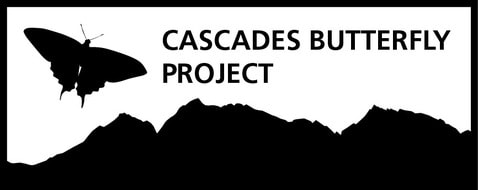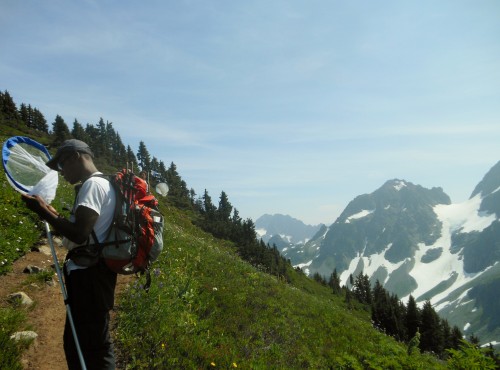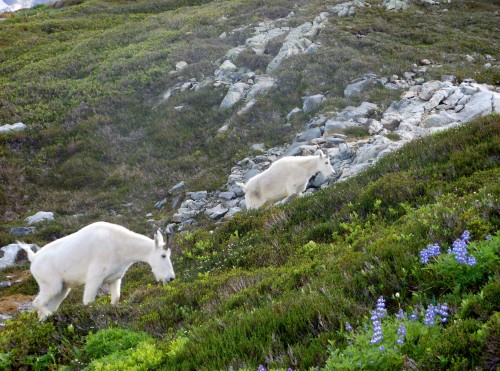Butterflies and Bee Bowls – Citizen Science in the North Cascades
 Now that it is autumn, I find myself reflecting on all of the incredible Citizen Science opportunities of this past summer season. I remember that with summer came the presence of some of the most beautiful creatures – butterflies! The Cascades Butterfly Project is just one of North Cascades Institute’s numerous Citizen Science projects that are presented in conjunction with North Cascades National Park Complex (NOCA) for individuals interested in assisting in valuable scientific research and giving back to their public lands through volunteer work.
Now that it is autumn, I find myself reflecting on all of the incredible Citizen Science opportunities of this past summer season. I remember that with summer came the presence of some of the most beautiful creatures – butterflies! The Cascades Butterfly Project is just one of North Cascades Institute’s numerous Citizen Science projects that are presented in conjunction with North Cascades National Park Complex (NOCA) for individuals interested in assisting in valuable scientific research and giving back to their public lands through volunteer work.

During the height of this past summer, Cascades Butterfly Project volunteers participated in a free training that focused on identification and introduced them to the most common species of butterflies found in the North Cascades. After the initial training, everyone went outside to test some of the field research techniques in order to get comfortable with the process. Then, throughout the summer, happy volunteers were out walking transect lines to collect data at various locations throughout NOCA and Mount Rainier National Park (MORA).
In early August, I had the chance to participate in one of these butterfly field days at Cascade Pass. It just happened to be one of those days in the North Cascades that turns out to be absolutely perfect! Great weather, sunshine, low wind, and, to top it all off, really awesome people. The process of identifying butterflies while they are “on the wing” is actually quite fun, and the butterfly researchers from the Park were able to do it with no problem. There were two groups of us walking a transect line that follows the Sahale Arm Trail, butterfly nets in hand, making an entertaining spectacle of ourselves for fellow hikers! The first group saw 18 butterflies and the second group found 23! Most of them were only identified to species, but that alone can tell us so much.
 One of the park interns identifies his latest catch.
One of the park interns identifies his latest catch.
The data we collected is part of an ongoing monitoring effort in NOCA and MORA to see how climate change is affecting butterfly populations in subalpine meadows. Due to their reliance on flowers, temperature, and wind, butterflies are an excellent indicator species for climate change because slight changes in temperature could dramatically affect the relationship between these factors.
 Butterflies aren’t all we saw! This family of mountain goats was unconcerned with the science happening all around them!
Butterflies aren’t all we saw! This family of mountain goats was unconcerned with the science happening all around them!
While I was up at Cascade Pass, I was also able to participate in another monitoring project, this one looking at bees in subalpine meadows. On the first day of the project, I went through and set out bowls filled with water and liquid dish soap on two transect lines, one on each side of Cascade Pass. The very next day I headed back up the pass and collected the insects we caught, excitedly counting to see how many were bees. We only caught about ten in each transect line, but the information collected over a longer period of time will help us to understand how climate change is impacting both pollinators and the plants they are pollinating.
All in all, these field days spent up at Cascade Pass working with Park scientists to further understand the complex environment of subalpine meadows were a great Citizen Science experience. If I’m going to be doing science, this is where I want to do it! Volunteering time is not such a big deal when the place you are in makes you feel like there is nowhere else in the world you would rather be!
All photos courtesy of the author.


Cascade Pass is THE SPOT if you wanna get your eye on some majestic goats, no doubt.